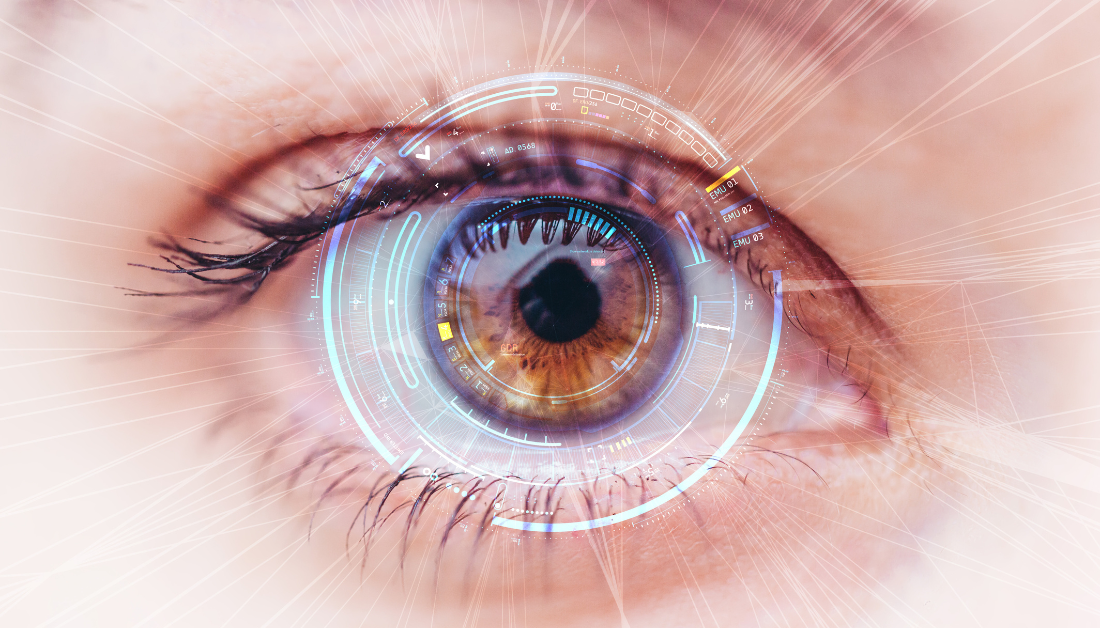

Introduction
Light-enabled bioelectronic devices provide as an effective link between electronic and biological systems, enabling a variety of applications ranging from biodetection to intricate biomimicry of biological pathways. In reality, combining the use of light with more traditional electronic-based technologies permits a variety of applications in bioinspired system engineering, such as visual devices like retina or synaptic neuromorphic platforms. We showed that optoelectronic synaptic devices can simulate retinal vision pathways as well as short- and long-term plasticity.
Study
A multinational team of researchers has developed a device that mimics the function of a retina by employing non-toxic organic components.
German and Italian researchers used organic, non-toxic components to construct an electrical device that resembles the retina.
The authors noted in Nature Communications that existing technologies that mimic the retina frequently have low levels of biocompatibility.
“Recently, organic photoelectrochemical transistors have paved the way towards multimodal devices that can better couple to biological systems,” they noted.
Professor Francesca Santoro, of Forschungszentrum Jülich, shared that the organic semiconductor recognized how much light is falling on it.
“Something similar happens in our eye. The amount of light that hits the individual photoreceptors ultimately creates the image in the brain,” she explained.
Because the technology is non-toxic, adaptable, and uses ions, it can be more easily integrated into biological systems.
Traditional semiconductors, on the other hand, are formed of silicon, are stiff, and only work with electrons.
“Our body cells specifically use ions to control certain pretinarocesses and exchange information,” Santoro explained.
Santoro and colleagues intend to combine the technology with real cells and connect a series of chips in future studies.
For more information: Azobenzene-based optoelectronic transistors for neuro hybrid building blocks, Nature Communications
https://doi.org/10.1038/s41467-023-41083-2
more recommended stories
 New Blood Cancer Model Unveils Drug Resistance
New Blood Cancer Model Unveils Drug ResistanceNew Lab Model Reveals Gene Mutation.
 Osteoarthritis Genetics Study Uncovers New Treatment Hope
Osteoarthritis Genetics Study Uncovers New Treatment HopeOsteoarthritis- the world’s leading cause of.
 Antibody Breakthrough in Whooping Cough Vaccine
Antibody Breakthrough in Whooping Cough VaccineWhooping cough vaccine development is entering.
 Scientists Unveil Next-Gen Eye-Tracking with Unmatched Precision
Scientists Unveil Next-Gen Eye-Tracking with Unmatched PrecisionEye-tracking technology has long been a.
 Machine Learning Predicts Early Mortality in IBD Patients
Machine Learning Predicts Early Mortality in IBD PatientsA groundbreaking study published in the.
 BRP Peptide for Weight Loss: A Natural Alternative to Ozempic?
BRP Peptide for Weight Loss: A Natural Alternative to Ozempic?The rising obesity epidemic has fueled.
 Men5CV: Hope for Ending Africa’s Meningitis Epidemics
Men5CV: Hope for Ending Africa’s Meningitis EpidemicsA landmark global health study led.
 Father’s Diet & BMI Don’t Affect Newborn’s Birth Weight
Father’s Diet & BMI Don’t Affect Newborn’s Birth WeightA recent study published in Nutrients.
 Stem Cell Therapy Shows 92% Success in Corneal Repair
Stem Cell Therapy Shows 92% Success in Corneal RepairA groundbreaking stem cell therapy known.
 Gene Therapy for Maple Syrup Urine Disease
Gene Therapy for Maple Syrup Urine DiseaseResearchers at UMass Chan Medical School.

Leave a Comment